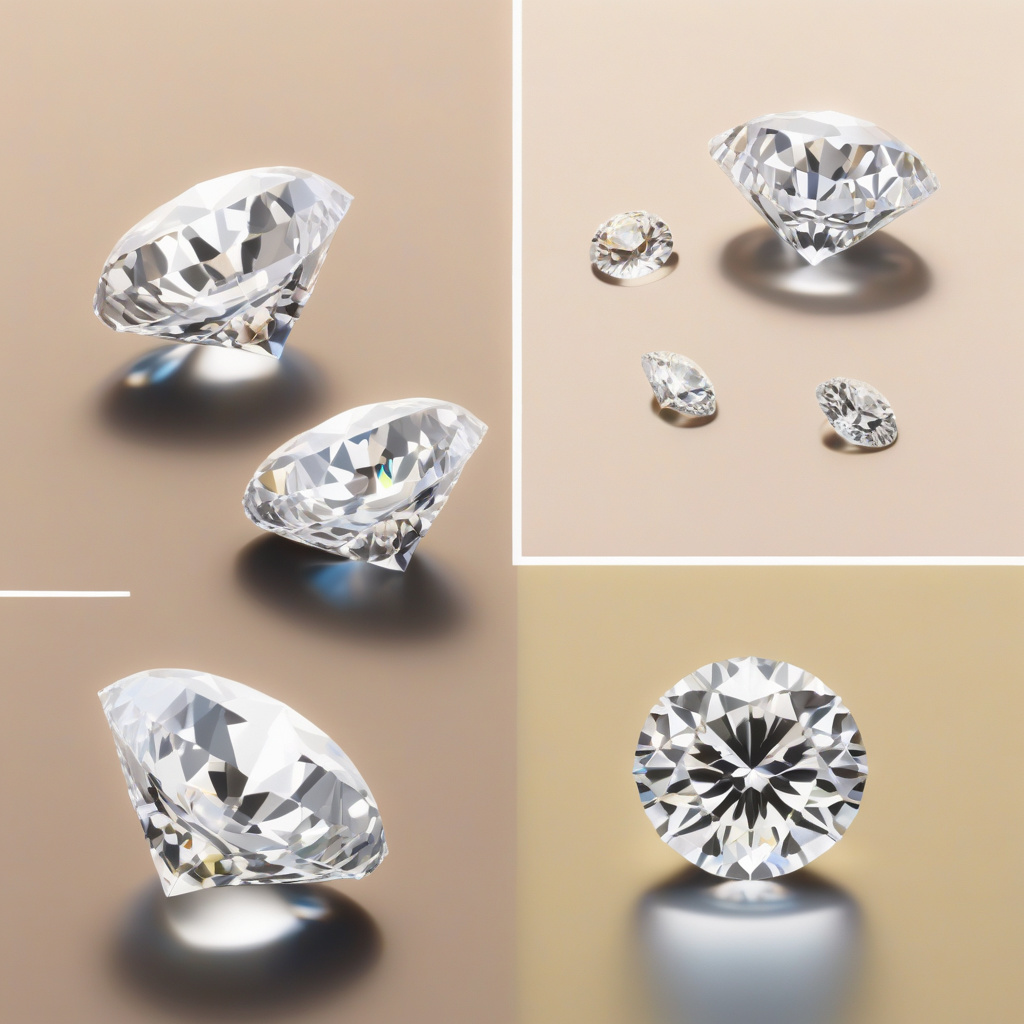In today’s ever-evolving world of technology, the creation of lab-grown diamonds has revolutionized the jewelry industry. Diamonds, often associated with luxury and rarity, are now being produced in laboratories in a process that replicates the natural conditions that form diamonds deep within the Earth’s mantle. This not only offers a more sustainable and ethical alternative to traditional diamond mining but also provides consumers with high-quality gems at a more affordable price point.
One of the most common methods used to create lab-grown diamonds is the High Pressure High Temperature (HPHT) method. In this process, a small diamond seed or carbon source is placed in a press where it is subjected to extreme heat and pressure that mimics the conditions found in the Earth’s mantle. As the carbon source is exposed to these conditions, it gradually crystallizes, layer by layer, forming a diamond that is chemically and physically identical to a naturally occurring one.
Another popular method for producing lab-grown diamonds is Chemical Vapor Deposition (CVD). This process involves placing a diamond seed in a chamber filled with a carbon-rich gas, such as methane, and heating it to extreme temperatures. The gas breaks down, and carbon atoms are deposited onto the diamond seed, gradually building up layers of diamond material. Over time, this process results in the growth of a complete diamond that can then be cut and polished just like a mined diamond.
The advantages of lab-grown diamonds go beyond their ethical and environmental benefits. These man-made gems exhibit the same optical, physical, and chemical properties as natural diamonds, making them indistinguishable to the naked eye. They also offer a level of consistency in quality that is difficult to achieve with mined diamonds, as they are produced under controlled laboratory conditions.
Furthermore, lab-grown diamonds are often more affordable than their natural counterparts, allowing consumers to purchase larger or higher quality stones for the same price. This accessibility has made lab-grown diamonds increasingly popular for engagement rings, fine jewelry, and other accessories where the beauty and durability of diamonds are desired.
In conclusion, the process of creating lab-grown diamonds combines cutting-edge technology with the timeless beauty of these precious gems. As technology continues to advance, we can expect to see even more innovations in the production of lab-grown diamonds, offering consumers a sustainable, ethical, and affordable alternative to mined diamonds. Whether you are in the market for an engagement ring or a stunning piece of jewelry, lab-grown diamonds provide a dazzling option that sparkles with both brilliance and conscience.

